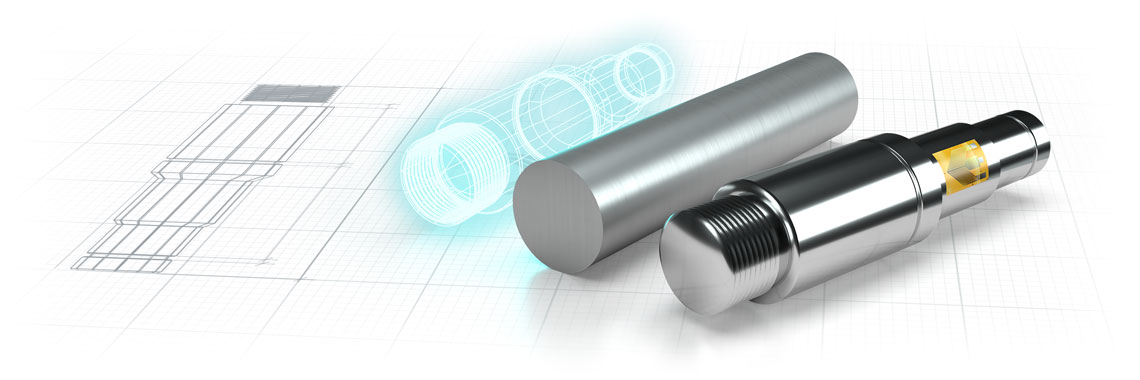The first wave of innovation in precision farming put more information into the tractor cab, so that the driver could operate tools – such as plough, fertiliser, seeder, pesticide spreader and harvester – more effectively.
The second wave of innovation focussed on creating feedback loops between the automated tools so that the tractor operator’s role was simpler and they could focus their attention on a small number of really significant decisions. In the background, the automated systems constantly gather data to provide new insights and improve decision making.
In the third wave of precision agriculture, the operator no longer has to spend their day in the cab. In fact, in some autonomous vehicles already on the market, there may no longer even be a cab where the operator can sit. This stage of evolution is a major game-changer. Instead of being a limiting resource, the skilled agricultural worker now becomes an economic multiplier, capable of managing multiple automated agricultural robots simultaneously.
Future developments in precision agriculture will see increased use of autonomous farm vehicles.- This will be accompanied by improved wireless data transmission and data acquisition from smarter, smaller Unmanned Aerial and Unmanned Ground Vehicles (UAVs and UGVs, respectively). In addition to monitoring crop and soil conditions, these smaller vehicles also monitor the status of farm equipment, allowing farmers to improve machine servicing and maintenance cycles for improved uptime.
Remote management of agricultural activities, through automation using wireless sensors and the Internet of Things, is the new horizon in agriculture. But it is not reserved for the wealthy economies, or the biggest agribusinesses. Technology and ideas will permeate and spread through an industry, as water soaks through soil.
The initial waves of technology were produced by the major manufacturers who had the R&D resources to experiment, and the vision to create new approaches, aimed at the large-scale farms who could afford to invest in them. But the future of precision agriculture will undoubtedly shared with others: with high-volume manufacturers who develop smart solutions to serve global niches; and with a huge number of small and innovative manufacturers, who create smaller devices, at lower prices points, that address the needs of the smaller farmer. In the developing world, reports the FAO, there are roughly 500 million small farms producing more than 80 percent of the world’s food. That’s a market too big for entrepreneurs and innovators to ignore.




